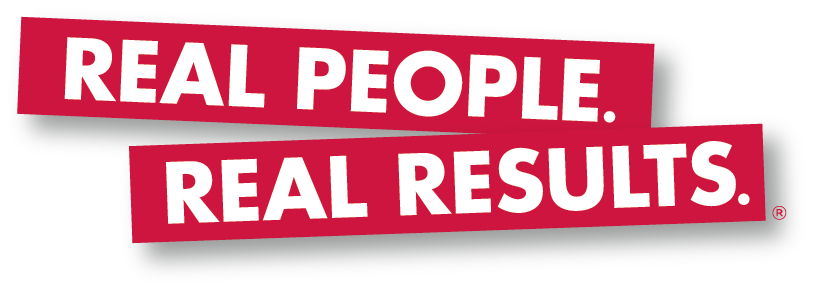The driving reason for many entrepreneurs to start a business is freedom- the freedom to work for themselves and have more time to themselves, as well as financial freedom or just the freedom of knowing they are in charge.
Yet despite this longing to be in charge, for most business owners the exact opposite is true: Their businesses run them.
The owner spends a lot of time, energy and emotion working in the business, not stepping back to provide leadership. Most business owners are like this because they don’t trust anyone else to do the job.
And no matter how successful they are during the critical first five years when the failure rate is a whopping 80 percent, the biggest cause for lack of sleep at night is a continuing need to grow the business, or perhaps just survive.
So the owner tends to focus on three outcomes: customers, revenues and profits.
They focus on the reactive results of their business activities rather than the proactive elements that create business growth.
The following business growth model will show that it doesn’t take rocket science to build a business in any industry or in any product or service category.
It is vital to understand the key growth objectives that need to be achieved, the marketing processes that need to be implemented, and the key vision and position you want your business to hold in the marketplace.
I call this model “Five Ways To Business Growth.” It breaks down the three outcomes – customers, revenues and profits into the simplest activity drivers that will grow the business by focusing on each driver as its own but interrelated activity for growth.
These are the five drivers and their associated outcomes:
Driver: Number of leads
Driver: Conversion Rate
Outcome: Number of Customers
Driver: Number of Transactions per customer
Driver: Average Sale per Transaction
Outcome: Revenue
Driver: Margins
Outcome: Profit
Breaking down each of these five drivers and understanding how they can lead to business growth will make the task of growing the business seem less overwhelming.
Number of Leads:
This is the total number of potential buyers who were contacted or who contacted the business in the past year.
Most business owners tend to confuse leads with results. Just because the phone is ringing doesn’t mean the cash register is.
Surprisingly, few business owners even know how many leads they get per week/month/year, let alone from each advertisement, promotion or marketing campaign. At best they have an estimate, but this tends to be way off when actually measured.
Conversion Rate:
This is the percentage of leads who did buy as opposed to those who could have bought. If three people bought your product or service out of every 10 leads, the conversion rate would be 30 percent.
Because very few business owners keep records of the conversion rate, they typically estimate significantly higher than reality.
Outcome: number of customers
This is the number of customers who will generate revenue. But it is important to recognize that it is not about getting more customers; you cannot change that number. It is about getting more leads and then improving your conversion rate. These are the variables that produce the result.
Number of transactions per customer:
Some customers will buy weekly, others monthly, others on the odd occasion and yet others just once in their lifetime.
What you calculate now is the average number of transactions per year. Not the best and not the worst, but the average number of times one customer will buy in one year.
Improving the conversion rate consistently proves to be a highly effective action to increase revenue? Again, very few business owners keep a detailed transactional database of the history of current and past customers.
Average sales per Transaction:
Most business owners have this information available through cash receipt records because these are required for tax purposes. Divide the number of transactions into total sales revenue per year to get the average sale per transaction.
Outcome: Revenue
Annual revenue is calculated by the number of customers times the number of transactions times the average sale.
Total annual revenue tends to be a number business owners will know. Yet in most cases, they don’t know the real drivers that got to the result. They want more revenue, but you can’t get more revenue.
What you can get is more transactions, and a higher average sale per transaction with the total number of customers.
Margins:
This is a percentage that represents the net revenue after all costs (pre-tax) have been deducted from the revenue. If a transaction’s revenue was $1,000 and if the direct and indirect costs for that transaction were $750, then the margin would be 25 percent.
To improve the margin, reduce either operational or transactional costs.
Outcome: Profit
This is the ultimate result that all business owners want more of; they don’t realize that you can’t get more profit. But you can get greater margins on the annual revenue to increase profits.
This business growth model shows that making small improvements in each driver can generate major results for the business.
Improving each driver’s performance by just 10 percent will increase annual revenue 46 percent and profit 61 percent.
The specific tactics to improve each driver will vary according to each business based on its category of business and its market positioning, but the application of this model will work every time, provided each improvement tactic is tested and measured.
This is a basic business growth model without any rocket science.
Reprinted from Capital Region Business Journal, Madison, Wisconsin June 2005 issue.
About ActionCOACH
Brad Sugars founded the brand Action International in 1993 when he realized there was a disconnect between business advice and implementation. The answer was Action! Brad Sugars created a business coaching company so that business owners throughout the world can realize their goals in business. Today the company is known as ActionCOACH. To learn more about business, visit Brad Sugars Review blog!






